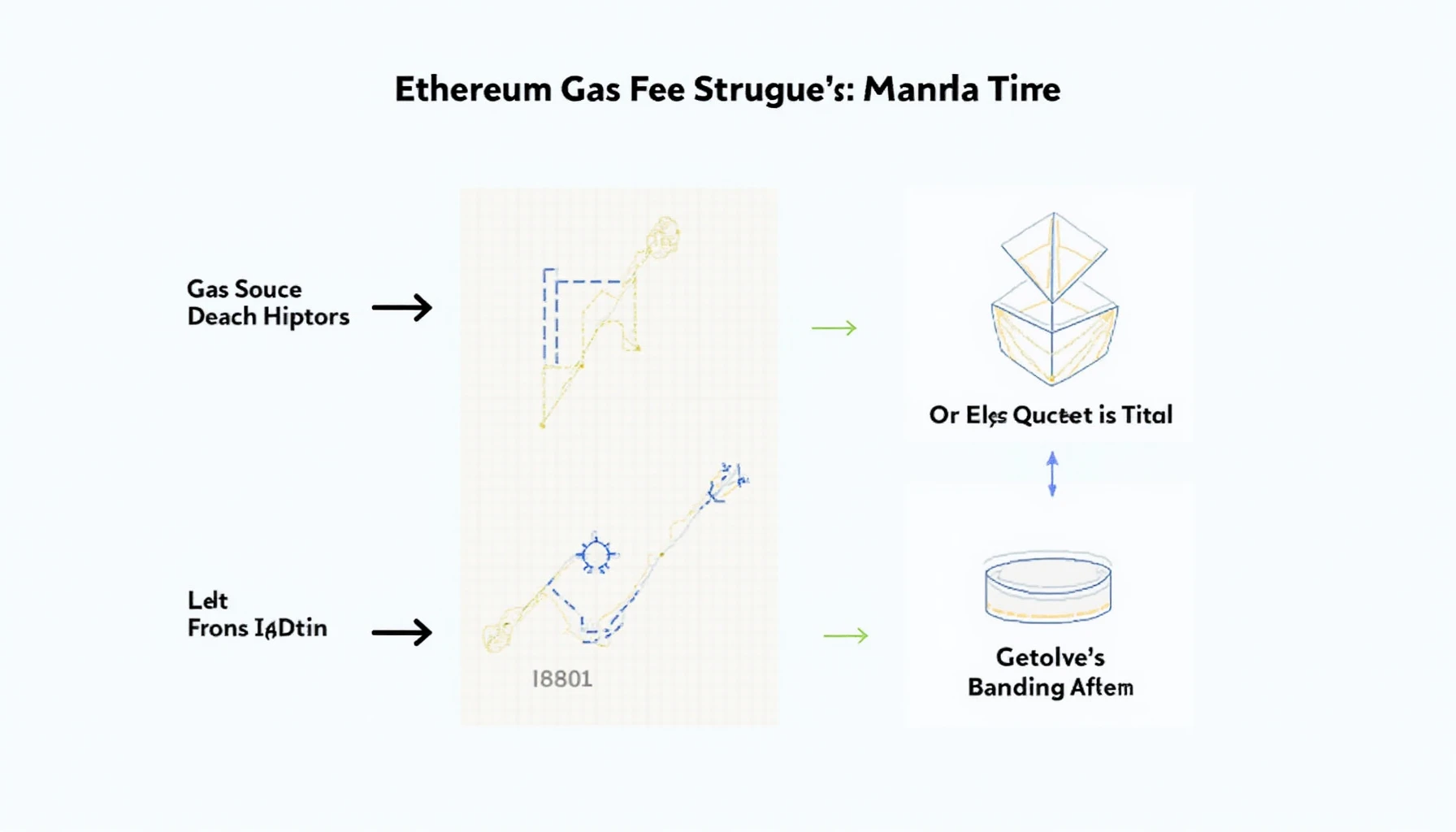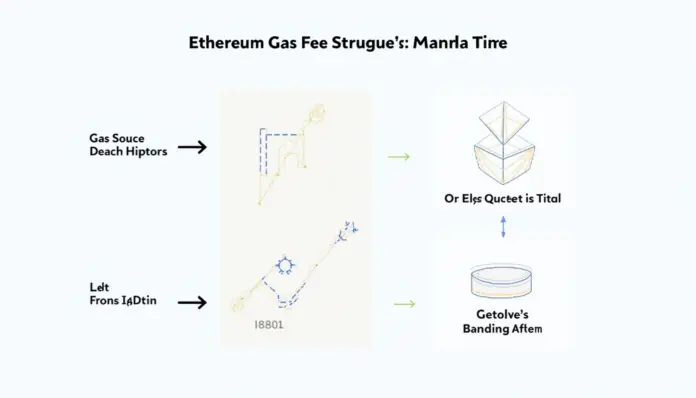Introduction: Why Gas Fees Matter
Have you ever been deterred from executing a crucial trade due to exorbitant gas fees? As the Ethereum network becomes increasingly congested, understanding and optimizing gas fees is essential for every trader. Recent statistics reveal that nearly 70% of Ethereum users are unaware of how to minimize these costs, affecting their trading decisions. This article aims to equip you with actionable strategies for Ethereum gas fee optimization in 2025.
Understanding Ethereum Gas Fees
Before diving into optimization techniques, it’s vital to grasp what Ethereum gas fees are. Gas fees are payments made by users to compensate for the computing energy required to process transactions on the Ethereum network. Here’s how they work:
- Gas Price: Denotes how much you’re willing to pay per unit of gas, affected by network congestion.
- Gas Limit: Defines the maximum amount of gas you’re willing to use for your transaction.
- Total Fee: Calculated by multiplying gas price by gas limit.
By understanding these components, you can make informed decisions to reduce your overall fees.

Practical Ways to Optimize Gas Fees
There are several effective strategies to optimize your Ethereum gas fees:
1. Timing Your Transactions
Similar to shopping during sales, you can save substantially by choosing the right time to transact. Consider the following:
- Gas fees tend to be lower during weekends or off-peak hours.
- Use Ethereum gas tracker tools to monitor real-time gas prices, which can help you identify the best times to transact.
2. Setting Custom Gas Prices
Instead of accepting the default gas price suggested by your wallet, you can manually set a lower price. This may take longer to get your transaction confirmed, but it’s a practical way to save money:
- Use wallets that allow you to manually adjust gas prices.
- Experiment with lower prices for less urgent transactions.
3. Leverage Layer 2 Solutions
Layer 2 scaling solutions are becoming crucial for easing network congestion and significantly lowering transaction costs. These solutions enable you to:
- Execute transactions off the main Ethereum chain, thereby minimizing gas fees.
- Utilize protocols like Polygon or Optimism for cost-effective trading.
4. Batch Transactions
Batching allows you to group multiple transactions into one, thereby saving on gas fees:
- Utilize smart contracts that support batching functionality.
- Consolidate smaller transactions whenever possible.
Conclusion: Empower Your Trading Strategy
Optimizing Ethereum gas fees is not just about saving money; it’s about maximizing your trading strategy in a competitive landscape. By applying the strategies highlighted in this article, you can significantly enhance your trading experiences. Remember, taking the time to understand and manage your gas fees is essential in becoming a more profitable Ethereum trader. For more insights into maximizing your digital currency trading, visit related articles on our site.
Ready to take control of your Ethereum transactions? Start optimizing your gas fees today!




